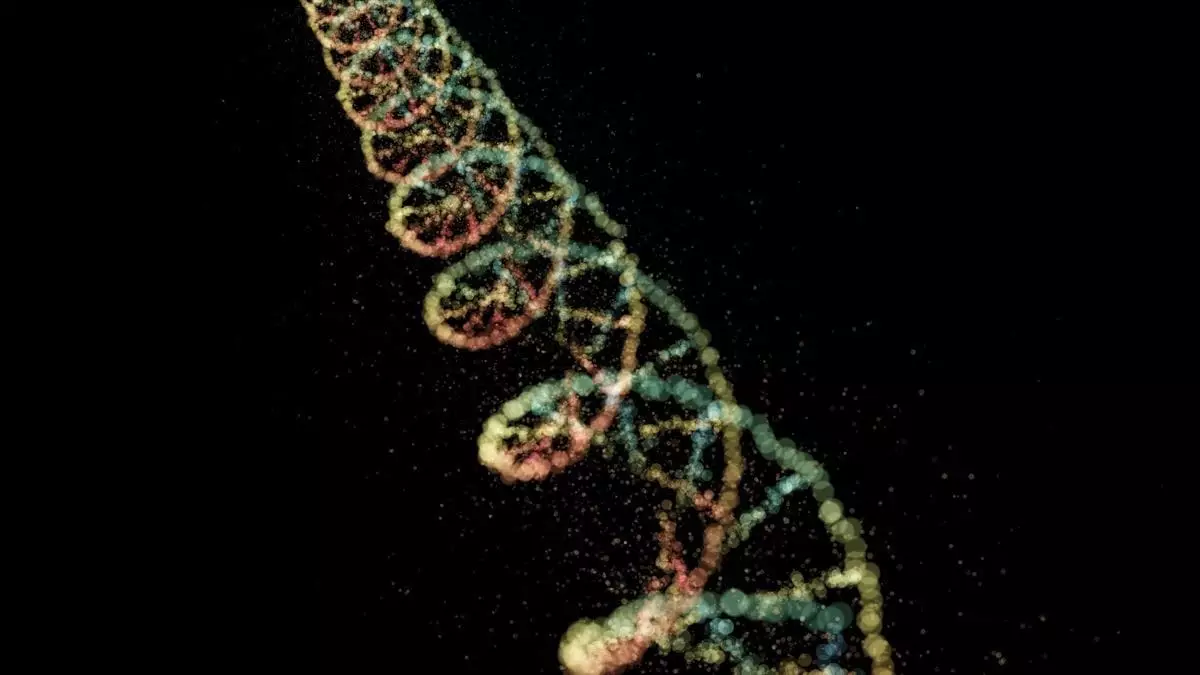In an age where the quest for longevity dominates scientific inquiry, new research sheds light on the intricate relationship between genetic mutations and epigenetic changes, fostering a deeper comprehension of biological aging. Historically, aging has been a complex mix of various biological processes, but recent breakthroughs suggest that these two seemingly distinct elements – genetic mutations and epigenetic modifications – may not only coexist but actively influence one another. This evolving perspective can potentially revolutionize how scientists understand the aging process and its biological underpinnings.
As the body ages, random DNA mutations accumulate due to various factors, including the natural wear and tear of cellular processes and exposure to environmental stresses. These mutations have long been implicated in a variety of age-associated ailments, including cancer and neurodegenerative diseases. However, it is essential to realize that while these mutations play a consequential role in aging, they don’t account for the entire picture. The complexity increases when one examines the secondary effects such mutations have on the epigenome—an elaborate system of chemical modifications that regulate gene expression without altering the underlying DNA sequence.
Pivoting toward epigenetic clocks—biomarkers that estimate biological age—researchers have begun to map these mutations to changes in epigenetic regulation. The latest study published in *Nature Aging* suggests a bidirectional relationship between these two processes: genetic mutations may drive certain epigenetic changes, while the resulting epigenetic state could, in turn, influence the rate and pattern of future mutations.
Significant findings from experts in the field have highlighted a phenomenon termed the “ripple effect” of genetic mutations. Dr. Steven Cummings and Professor Trey Ideker have noted that the methylation patterns—where methyl groups are added to DNA—are not uniform around mutation sites. Mutations lead to a considerable decrease in DNA methylation at the actual mutation site, while simultaneously increasing it in surrounding regions. This variance suggests that a mutation is not an isolated incident but rather the initiating point of a broader epigenetic alteration across thousands of DNA base pairs. This observation has profound implications: it raises the question of whether these observed changes are direct consequences of mutations or part of a larger, more complex network of biological aging.
Understanding the relationship between genetic mutations and epigenetic changes could challenge long-held beliefs about the causes of aging. Dr. Cummings has speculated that if mutations are in fact the primary drivers of aging—with epigenetic changes merely reflecting these underlying processes—then strategies aimed at reversing or mitigating aging may need a significant paradigm shift. This complexity highlights the inherent challenges for anti-aging strategies that focus on epigenetic modifications; they may not be addressing the root causes of aging but rather its manifestations.
Despite the promising findings, skepticism remains within the scientific community regarding the completeness of these results. The initial study largely utilized data from cancer patients, and experts stress the urgency of corroborating these findings in non-cancerous tissues. Without data from healthy individuals, key questions about the universality of these patterns remain unanswered. Longitudinal studies that observe genetic and epigenetic changes over time will be vital for drawing bigger conclusions about aging.
Additionally, experimentally inducing specific mutations in controlled laboratory settings could provide pivotal insight into how these changes affect the epigenetic landscape. This knowledge could refine the methodologies surrounding the use of epigenetic clocks in estimating biological age, moving towards a more nuanced understanding of aging at the molecular level.
The exploration of the delicate interplay between genetics and epigenetics marks a transformative step in understanding biological aging. As researchers continue to unravel this complex relationship, the implications for longevity and healthcare could be profound. By acknowledging the interconnectedness of genetic mutations and epigenetic changes, scientists could pave the way for innovative therapies targeting the root causes of aging, rather than merely its symptoms. In doing so, the future of aging research holds promise for not just extending lifespan but enhancing healthspan, the years lived in good health.

